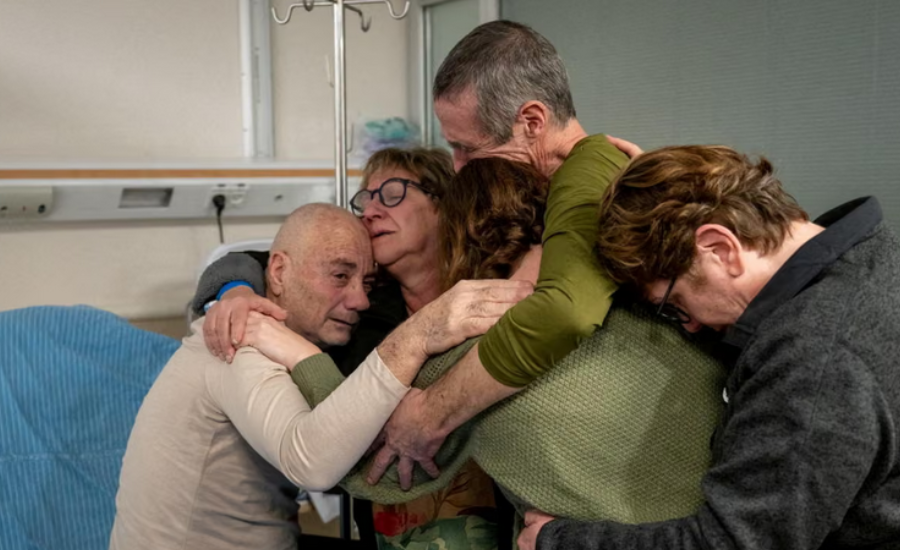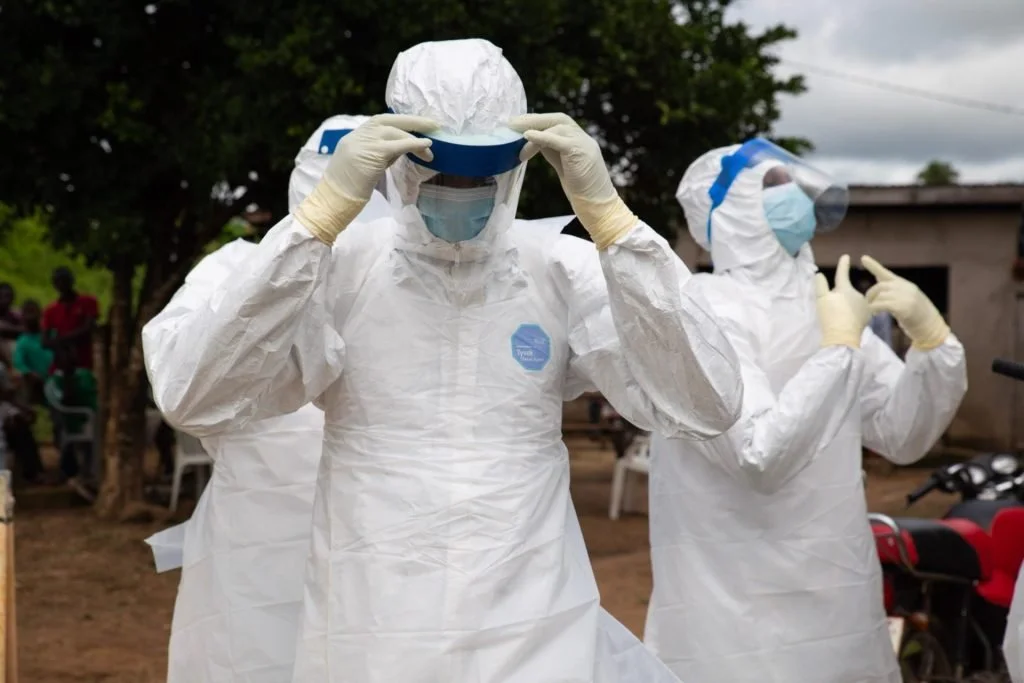Images of brutality against Black people spur racial trauma
Article By Noreen Nasir // AP // Black Lives Matter
Since Wanda Johnson’s son was shot and killed by a police officer in Oakland, California, 11 years ago, she has watched video after video of similar encounters between Black people and police.
Each time, she finds herself reliving the trauma of losing her son, Oscar Grant, who was shot to death by a transit police officer. Most recently, Johnson couldn’t escape the video of George Floyd, pinned to the ground under a Minneapolis officer’s knee as he pleaded that he couldn’t breathe.
Aidge Patterson of the LA Coalition for Justice for Oscar Grant leads a protest rally outside a pretrial hearing for Johannes Mehserle, the former Bay Area Rapid Transit officer charged with murder in the shooting death of Grant, on March 26, 2010. (AP)
“I began to shake. I was up for two days, just crying,” she said. “Just looking at that video opened such a wound in me that has not completely closed.”
Johnson’s loss was extreme, but, for many Black Americans, her grief and pain feels familiar. Psychologists call it racial trauma — the distress experienced because of the accumulation of racial discrimination, racial violence or institutional racism. While it can affect anyone who faces repeated prejudice, in this moment, its impact on Black people is drawing particular attention.
Credit; APU GOMES/AFP via Getty Images
The unfortunate irony is that the very tool that may be helping to make more people aware of the racism and violence that Black and other people of color face is also helping to fuel their trauma. In the weeks following Floyd’s death, the spread of the video that captured it has been a major catalyst for protests demanding a reckoning with racism — attended by people of all races, many of whom never before participated in such activism. And in a few weeks, the national conversation has shifted dramatically: The term “Black Lives Matter” has been adopted widely, including in corporate America, monuments of Confederate figures have come down, and calls for criminal justice reform have yielded new laws.
“It’s really frustrating that that’s what it takes for a lot of people in this country to actually start caring,” said Alasia Destine-DeFreece, 20. “It takes showing something that’s actively harming those of us who are Black and then having it spread on social media.”
Destine-DeFreece, who remembers often being the only Black person in many situations growing up in Rhode Island, notes that such images have been used to great effect before. She learned in school about Emmett Till, a Black 14-year-old who was abducted, beaten and killed in 1955 after he was accused of whistling at a white woman in Mississippi. Her class saw photos of Till’s brutally beaten face — images, in part, that had helped spur the civil rights movement.
Demonstrators hold signs at a Black Lives Matter protest in Birmingham, England, on June 4, 2020. Photo: Mike Kemp/In Pictures via Getty Images
“Seeing that type of imagery being spread further and faster now has taken a toll on me. You’re seeing somebody who looks like you die,” she said.
Symptoms of racial trauma can include anxiety and depression and be similar to those of post-traumatic stress disorder. The triggering event could be a shouted slur on the street or poor treatment because of one’s race or creed. The profusion on social media of graphic images of harm to people of color means they are often inescapable.
“If you are in a situation where the danger seems ever-present, whether you’re seeing a bird watcher in Central Park being harassed, or someone falling asleep in their car in a parking lot ... there is that constant physical presence of danger and the psychological awareness that danger is just around the corner,” said Dr. Altha Stewart, past president of the American Psychiatric Association and currently a senior associate dean at the University of Tennessee Science Health Center.
That “constant bathing of our organs” in stress hormones can lead to a state of “near dysfunction,” she said.
The video of Floyd’s killing is one in a litany. Before it, 25-year-old Ahmaud Arbery’s fatal shooting was also captured on camera, and no one was charged until public pressure mounted after the video made the rounds. Since then, many have watched an officer fatally shoot 27-year-old Rayshard Brooks in the back following a struggle.
When video of Floyd’s graphic death began to circulate online last month, Joi Lewis refused to watch it.
“I know what it looks like. I’ve seen Black death,” the life coach and self-care expert said. Lewis, who is Black, had watched the death of Philando Castile in real time four years ago, after the 32-year-old Black man was shot by a Minneapolis police officer and video of the immediate aftermath streamed on Facebook.
But to inspire those who have been pushed into action in new ways in recent weeks, Lewis conceded: “The video had to be played.”













